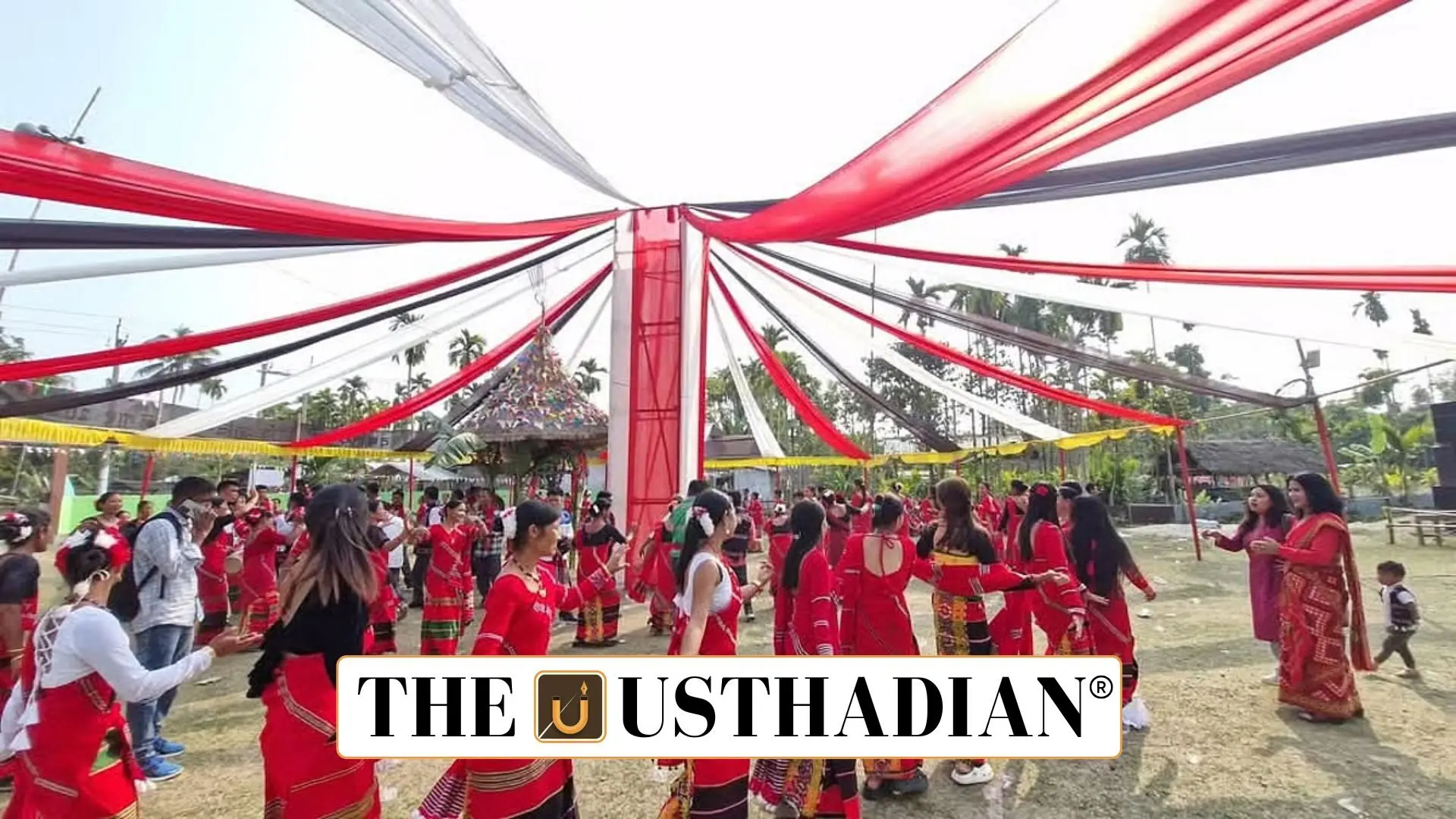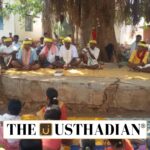A Festival of Seeds and Celebration
Ali Ai Ligang Festival: Celebrating Agriculture and Culture with the Mising Tribe: The Ali Ai Ligang festival is a vibrant celebration by the Mising tribe, Assam’s largest tribal community. Observed on the first Wednesday of Fagun (February–March), the festival marks the beginning of the sowing season. Its name, meaning “sowing of seeds and roots”, captures the tribe’s deep-rooted bond with the land, making it a time of hope, prayer, and togetherness.
Honouring Deities and Traditions
The celebrations begin with the hoisting of the Laitom Tomchar, a ceremonial flag that signals the festival’s start. Rituals follow, offering respect to agricultural deities like Donyi and Polo, the Sun and Moon gods. Offerings such as Apong (rice beer), dried fish, and meat are made to seek blessings for a prosperous harvest, reflecting the spiritual significance of agriculture to the Mising community.
Rhythms of Dance and Culture
The festival’s cultural spirit shines through the Gumrag dance, performed in traditional attire by both men and women. This dance, full of grace and rhythm, represents prosperity, harmony, and community spirit. The event also includes feasts, games, and music, turning the villages — and now even urban centers — into living exhibitions of tribal heritage.
Preserving Tradition Across Generations
While originally rural, the celebration has found space in towns like Jorhat, where it has thrived for over four decades. Despite modern influences, the core rituals, beliefs, and community participation remain strong, showing the Mising people’s dedication to preserving their cultural identity.
Who Are the Mising People?
The Mising tribe, part of the Tani ethnic group, primarily inhabits Assam and Arunachal Pradesh. According to the 2011 Census, there were approximately 6.8 lakh Mising people in Assam. Historically practicing jhum (shifting) cultivation, they have now transitioned to settled wet rice farming, a shift that reflects their adaptability while maintaining cultural ties to the land.
Faith in Sun and Moon
At the heart of Mising spiritual life is the Donyi Polo faith, where Donyi (Sun) and Polo (Moon) are revered as symbols of life, time, and light. Their worship is woven into agricultural and seasonal cycles, reflecting a deep ecological and spiritual awareness passed through generations.
STATIC GK SNAPSHOT
| Topic | Details |
| Festival Name | Ali Ai Ligang |
| Celebrated By | Mising Tribe (Assam and Arunachal Pradesh) |
| Occasion | Start of sowing season (First Wednesday of Fagun) |
| Key Rituals | Hoisting Laitom Tomchar, offerings to Donyi Polo |
| Cultural Elements | Gumrag dance, traditional attire, rice beer (Apong) |
| Tribe Classification | Tani ethnic group |
| 2011 Census (Assam) | Approx. 6.8 lakh Mising people |
| Farming Practice | Shift from jhum to settled paddy farming |
| Religious Belief | Worship of Sun and Moon (Donyi Polo) |
| Cultural Expansion | Celebrated in urban centers like Jorhat for 40+ years |








